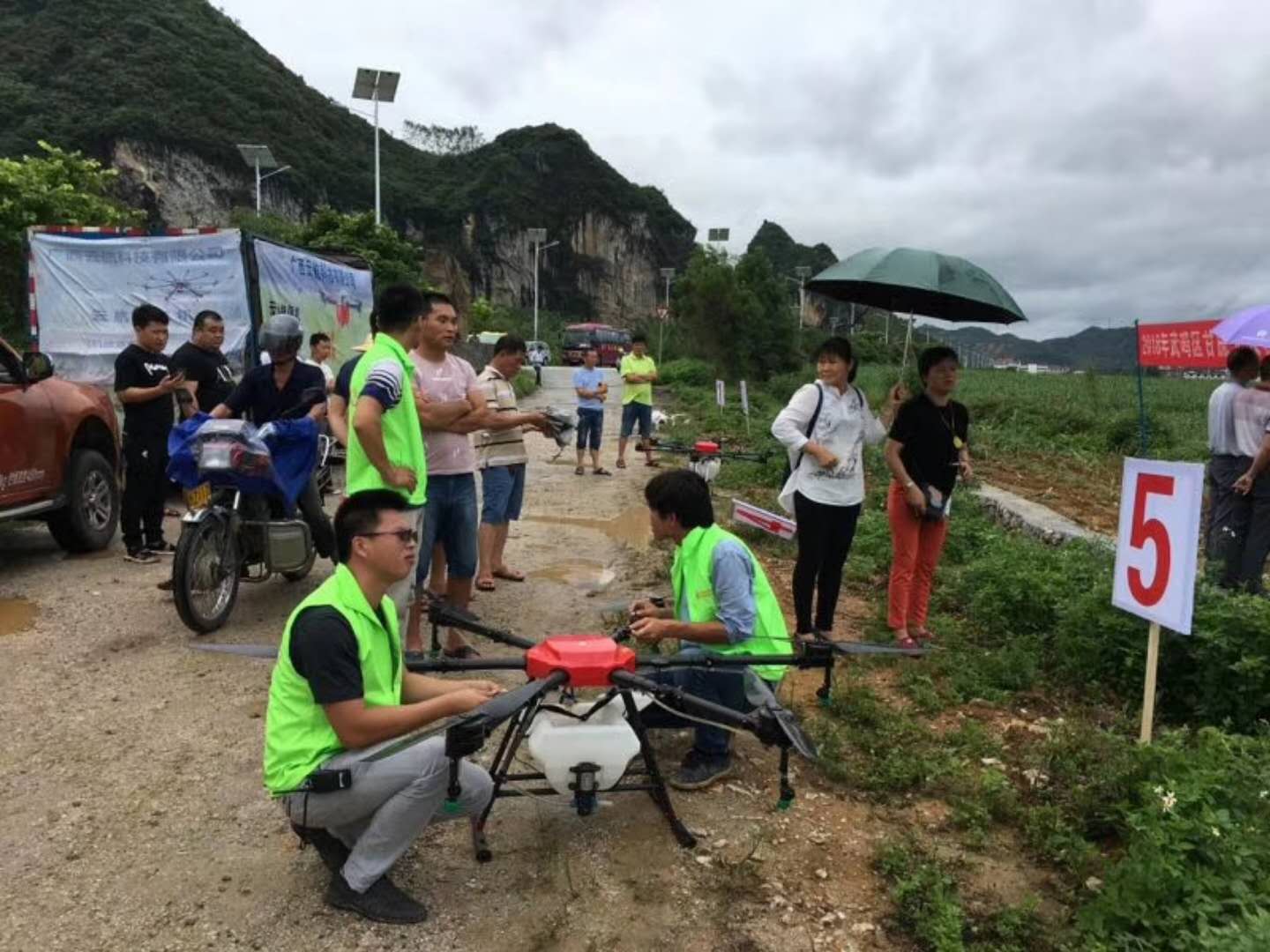ccording to the report published by PwC, the future of global industries will be shaped by drones, thus saving them time, costs, energy and wastage of resources and manpower.

In the future, 3D printing technology will be combined with drone technologies to maintain and repair infrastructure. Construction companies will be able to attach 3D printers to drones, to produce on-site replacement parts for damaged elements of infrastructure.
For the insurance industry, combining drones with other disruptive technologies such as machine learning will allow insurance companies to improve predictions of damage and apply accurate premiums.
In the field of telecommunications, drones may be used in radio-planning and line-of-sight (LoS) testing between radio towers, for example to identify obstructions (such as trees or buildings) and determine power needs. Drones are also predicted to be used for broadcasting telecommunication signals, such as radio, television, and internet in both permanent and temporary roles.
For the future of high-tech farming practices, Drones will allow farming to become a highly data-driven industry, which eventually will lead to an increase in productivity and yields. Due to their ease of use and low cost, drones can be used for producing time series animations showing the precise development of a crop.
Future uses of drones for site security monitoring and safety management are highly promising and attractive.
The data gathered by UAVs will be instantly processed in the cloud, providing complete scene recognition supplementing human supervision, thanks to motion sensing and biometrics-based behavior analysis, as well as facial recognition.
UAVs will create systems enabling mass surveillance, where potential threats can be identified and data is immediately transmitted to response teams.
Whether drones are controlled by a remote or accessed via a smartphone app, they possess the capability of reaching the most remote areas with little to no manpower needed and require the least amount of effort, time, and energy. This is one of the biggest reasons why they are being adopted worldwide, especially by these four sectors: Military, Commercial, Personal, and Agriculture/Farming.
Contact: Fly Dragon Drone Tech.
Email: frank at dronefromchina.com
Add: NO. 9 Dayu Road PiDu distric, ChengDu 611730, China